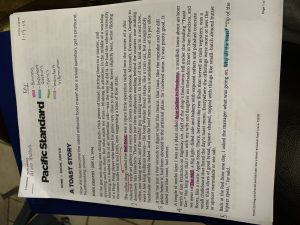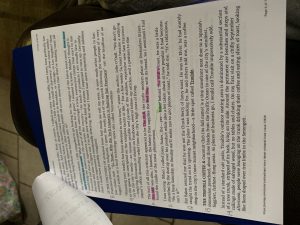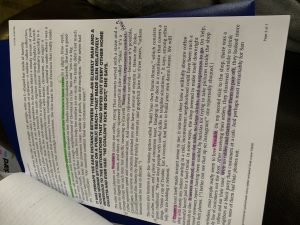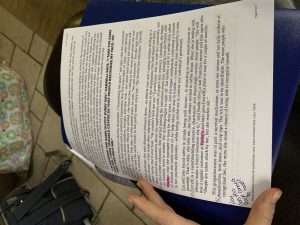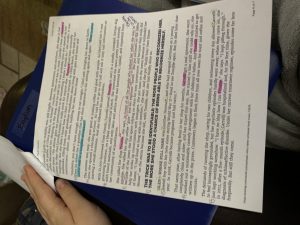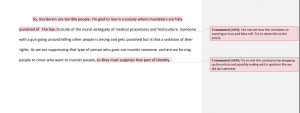After reading the beginning of I Just Wanna Be Average and Between the World and Me, I came to the conclusion that these articles are similar in many different ways. In I Just Wanna Be Average, Mike Rose’s parents came to America in the 1920s from Italy. As his parents grew up they lived a lower class life. He explains “My parents contacted a woman named Mrs. Jolly, used my mother’s engagement ring as a down payment.” As they raised their kids, they knew that this was not the life they wanted their children to live. After a couple of years, his father moved to California in hopes about health and his child’s feature. They moved into a new house but however, it was very small. He said, “My father got most of our furniture from a secondhand on the next block; he would tend the store two or three hours as payment on our account.” (page 14) In Between the World and Me, Coates’s parents grew up in a place where they did not feel safe or wanted. However, Coates not give much information about his family. He did talk about how his family grew up knowing that the outside world was harmful to them. In many ways their families are alike. They both grew up living a low-class society and that constant feeling that they do not feel welcomed.
Rose writes a statement saying “developed a picture of human existence that rendered it short and brutish or sad and aimless or long and quiet…. When, years later, I was introduced to humanistic psychologists…, with their visions of self actualization…., it all sounded like a glorious fairy tale, a magical account of a world full of possibility, full of hope and empowerment. Sinbad and Cinderella couldn’t have been more fanciful” (page 18). This quotes shows that he grew up in a time where the outside world was not the most comfortable so he grew developed a picture of what the human existance is like. He believes that the life he lives is not the life that he sees other people living.

